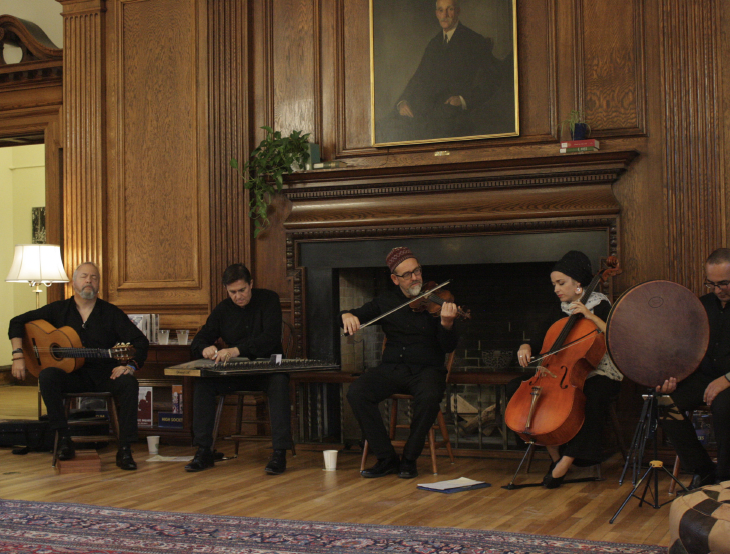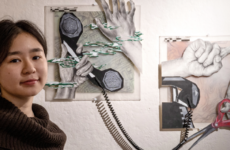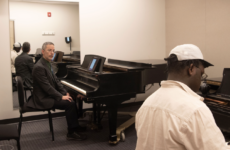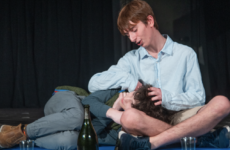
Al Firdarus Ensemble plays a performances for the Choate community.
By Dana Tan ’25
“I felt like the music belonged in a movie. It was so alive,” Mariana Verdi ’25 said after watching the Al Firdaus Ensemble’s performance at Choate’s Andrew Mellon Library on October 2. Hailing from Granada, Spain, the ensemble was invited to perform a medley of original and cover songs for International Education Week.
Founded in 2012 by Mr. Ali Keeler, the Al Firdaus Ensemble consists of musicians from England, Spain, and Morocco. The members’ diverse musical and cultural backgrounds contribute to their distinctive style of music. According to the band’s percussionist, Mr. Muhammad Domínguez, they make use of elements from Celtic, Andalusian, Turkish, Arabic, and Levant cultures to arrange music.
“As someone who plays European classical music, it was really cool to look at how the ensemble used different musical textures and harmonies,” Peyton Li ’25 said.
To create these unique sounds, the ensemble uses a variety of instruments from the East and West. Choate students in language and Humanities classes had the opportunity to learn more about these diverse musical traditions in masterclasses conducted by the ensemble on October 2 and 3.
Steven Kee ’27 was introduced to the ensemble’s instruments and learned a simple rhythm on the drums during his Arabic class. For him, the most memorable instrument was the qanun, a string instrument that resembles a Persian harp.
According to Kee, a qanun can produce sounds with nine to twelve microtones, allowing for a more diversified and mystical sound as compared to semitones. “As a freshman learning Arabic for the first time, their masterclass was a great insight into what Arab culture is like,” Kee said.
Many of the ensemble’s song lyrics follow the Sufi tradition, with some original compositions and some poetry from Sufi masters in the 10th-12th centuries. “Sufi tradition is based on the spiritual deeper meanings of the Islamic religion,” Mr. Domínguez said. “Its central theme is focused on the improvement of human character and the acknowledgement of the human spiritual essence in relation to the divine.”
One of the pieces the ensemble performed was a poem by an Andalusian Sufi poet from the 13th century. Mr. Keeler used this poem to highlight the group’s larger message about sharing one God regardless of different cultures or names and promoting harmony. This piece was Spanish teacher Ms. Le’ah Griggs’s favorite: “I really resonated with the lyrics promoting love, togetherness, and acceptance,” she said.
Arabic teacher Mr. Yassine Benzinane, who met and fell in love with the work and values of the ensemble in Granada nine years ago, hoped that students would be able to see the musicians’ unique focus on the spirit of convivencia.
Convivencia is a Spanish word that refers to the peaceful coexistence of Christian, Muslim, and Jewish communities in medieval Spain. “I think that the spirit of convivencia is really lacking in our political climate and extremely polarized society today,” Mr. Benzanine said. “It is amazing to have them use music to show the beautiful harmony amongst differences.”
This harmony is reflected in their use of fusion in both music and lyric composition. Many students taking Spanish, French, and Arabic participated in the masterclass because the ensemble performed songs in all three languages. “It was amazing to see how many different students speak different languages,” Mr. Domínguez commented.
Attendee Maya Bashawaty ’24 said, “It was very interesting to see how both Spanish and Arabic music influenced their work.”
Zaki Shamsi ’26 agreed, saying, “This performance really struck down some of the common stereotypes of instruments and sounds that are associated with Arabic and Middle Eastern music.”




